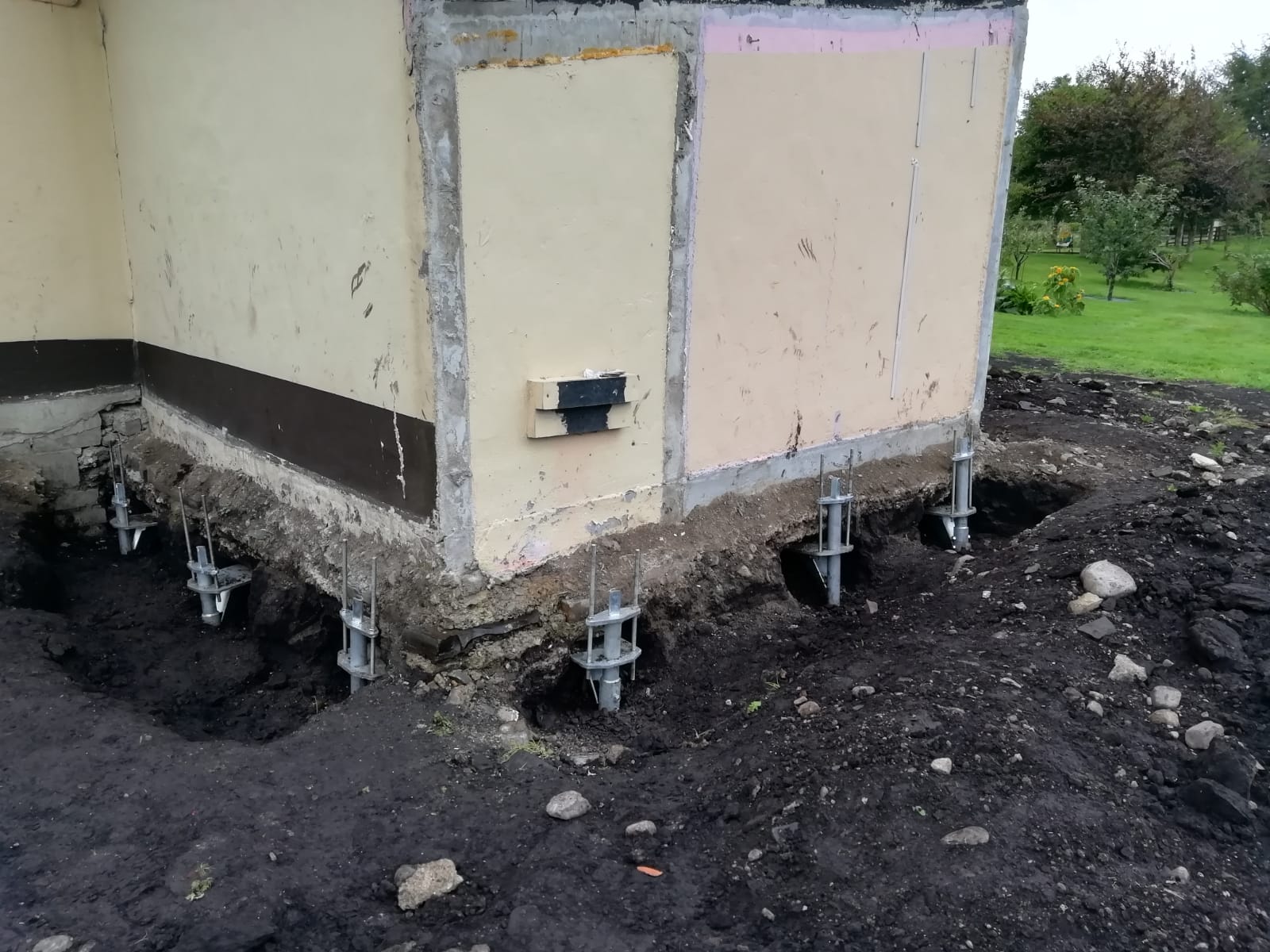
Foundation repair is incomplete without underpinning. Poorly performing structures can cause
extensive damage. It is also cost-effective as the process can be continued to be used by the
occupants even after the completion of the work. Below are the benefits and differences
between different types of underpinning. Read on to find out more about each one. But before
you make your decision, take a look at what is included in each one.
Mass concrete Underpinning Melbourne is a classic method that involves digging beneath the foundation to
fill them with concrete. Single concrete beam underpinning is less invasive but requires a careful
survey of adjoining buildings. Using this type of underpinning requires a substantial amount of
preparation and can be time-consuming. It is well worth the effort for its long-term advantages.
Our guide to underpinning will help you decide what type of underpinning is right for you.
The most common type is mini-piled underpinning. It’s used when soil conditions are difficult or
unpredictable, or when access to the foundation area is restricted. This technique involves
drilling holes deep enough for the piles to rest on stable ground. Although mini-piled
underneathpinning requires more engineering to achieve than traditional underpinning it can
overcome most soil conditions. However, it can be costly because it requires specialized
equipment and technical know-how.
Mass concrete underpinning, one of the oldest forms underpinning, is also known as mass
concrete underpinning. This method involves digging boxes-shaped voids under the foundation
of a building. Once the concrete has been poured into the holes, it can be completed. Mass concrete underpinning is easy to do and does not require heavy machinery. This makes it a cost- effective choice if your foundation has a shallow foundation. This method is best if your existing structure spans over the pits.
Slab injection is one method for underpinning that is relatively new. It involves injecting grout or
resin into the ground to fill in voids. It then expands and compresses the ground below the slab.
It is very effective in all soil types. However, it is not the most quantifiable option. Jet grouting is
difficult to do without high pressure and heavy equipment. It is not the ideal solution for all
ground conditions.
Underpinning is a structural fix method that can improve the foundation of an already existing
structure. It basically adds a layer of foundation underneath the existing foundation. This
increases the structure’s bearing capacity. The soil’s added strength means that the foundation
can support more weight. The key is to know what type of underpinning method you need to
have done, and which one best fits your needs. Below are some benefits and differences in
underpinning.